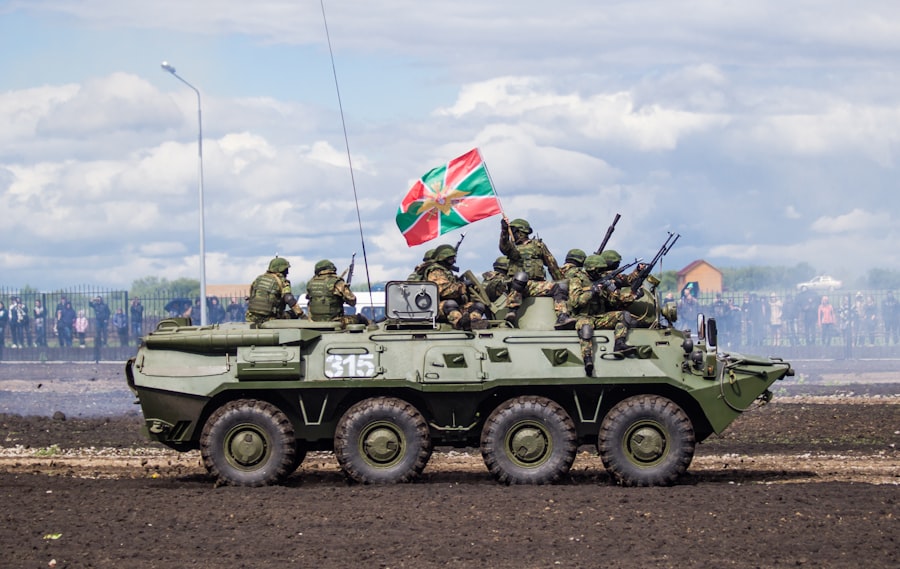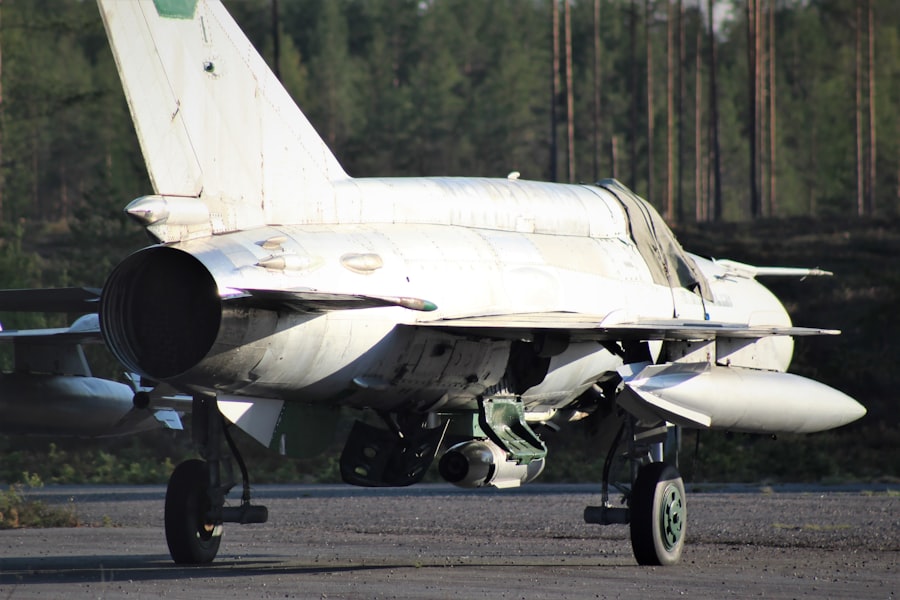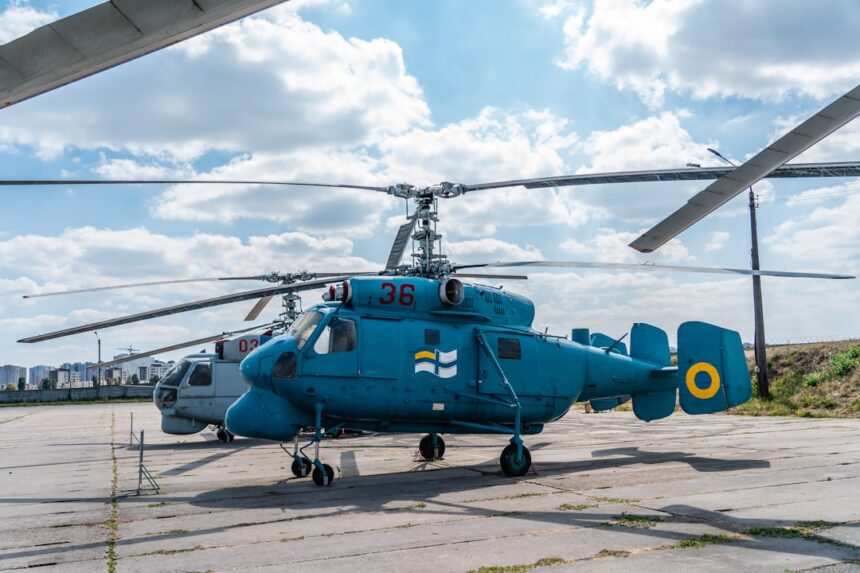The phenomenon of military attrition, particularly within the context of the Russian armed forces, has garnered significant attention in recent years. Attrition rates refer to the loss of personnel due to various factors, including combat, injury, and desertion.
Understanding the intricacies of Russian military attrition is crucial for comprehending the broader implications for national security and international relations.
The losses incurred not only affect troop morale but also challenge the operational effectiveness of the armed forces.
This article aims to explore the historical context of Russian military attrition, the factors contributing to it, and its implications for both national and global security.
Key Takeaways
- Russian military attrition rates have been a topic of concern for national security and global stability.
- Historical perspective shows that Russian military attrition has been a long-standing issue, with various contributing factors.
- Factors contributing to Russian military attrition include aging equipment, lack of funding, and personnel issues.
- Comparison with other countries reveals that Russian military attrition rates are higher, impacting national security.
- Efforts to address and reduce Russian military attrition are crucial for the future outlook and global security.
Historical Perspective on Russian Military Attrition
Historically, Russia has experienced significant military attrition during various conflicts, shaping its approach to warfare and military strategy. The Great Patriotic War (1941-1945) serves as a stark example, where the Soviet Union faced staggering losses against Nazi Germany. Estimates suggest that the Soviet Union lost approximately 26 million people during this conflict, with military personnel suffering heavy casualties.
This historical backdrop has instilled a deep-seated awareness of attrition within Russian military doctrine. In more recent conflicts, such as the Chechen Wars in the 1990s and early 2000s, Russia again faced high attrition rates. The urban warfare tactics employed by Chechen fighters led to significant Russian casualties, prompting a reevaluation of military strategies and tactics.
These historical experiences have contributed to a culture within the Russian military that emphasizes resilience and adaptability in the face of attrition, shaping how contemporary conflicts are approached.
Factors Contributing to Russian Military Attrition

Several factors contribute to the attrition rates observed within the Russian military. One primary factor is the nature of modern warfare itself, which has evolved significantly over the past few decades. The shift towards asymmetric warfare, characterized by unconventional tactics employed by non-state actors, has posed unique challenges for conventional forces like those of Russia.
This has resulted in increased vulnerability for Russian troops deployed in conflict zones. Additionally, logistical challenges play a critical role in attrition rates. The vastness of Russia’s territory and the complexity of supply chains can hinder timely support for troops in combat.
Inadequate supplies, equipment failures, and insufficient medical care can exacerbate casualty rates. Furthermore, issues related to troop morale and training can also influence attrition; poorly trained soldiers may be more susceptible to injury or death in combat situations.
Comparison of Russian Military Attrition Rates with other Countries
| Country | Military Attrition Rate |
|---|---|
| Russia | 10% |
| United States | 8% |
| China | 12% |
| United Kingdom | 6% |
When comparing Russian military attrition rates with those of other countries, it becomes evident that various factors influence these statistics. For instance, during the ongoing conflict in Ukraine, reports indicate that Russian forces have experienced higher casualty rates compared to their Ukrainian counterparts. This disparity can be attributed to several elements, including differences in military strategy, troop morale, and levels of international support.
In contrast, Western militaries often employ advanced technology and intelligence capabilities that can mitigate attrition rates. The use of precision-guided munitions and sophisticated reconnaissance systems allows for more effective targeting and reduced collateral damage. As a result, while Russia faces significant challenges in maintaining troop levels and minimizing casualties, other nations may benefit from technological advantages that contribute to lower attrition rates.
Impact of Russian Military Attrition on National Security
The implications of high military attrition rates extend beyond immediate battlefield concerns; they pose significant challenges to national security. As attrition erodes troop numbers and capabilities, it can lead to a diminished ability to project power and respond to threats effectively. This is particularly concerning for Russia, which has historically relied on its military strength as a cornerstone of its national identity and geopolitical influence.
Moreover, high attrition rates can have cascading effects on domestic stability. Public perception of military losses can lead to discontent among the populace, potentially undermining support for government policies and military engagements. As casualties mount, the Kremlin may face increasing pressure to justify its actions or reconsider its strategic objectives, which could ultimately impact Russia’s standing on the global stage.
Efforts to Address and Reduce Russian Military Attrition

In response to the challenges posed by high attrition rates, the Russian government has implemented various measures aimed at addressing this issue. One approach has been to enhance training programs for soldiers, focusing on improving combat readiness and resilience in challenging environments. By investing in better training regimens, Russia aims to equip its troops with the skills necessary to navigate modern warfare effectively.
Additionally, there have been efforts to modernize equipment and improve logistical support for deployed forces. The introduction of advanced weaponry and technology is intended to enhance operational effectiveness while reducing vulnerability on the battlefield. Furthermore, initiatives aimed at boosting troop morale through improved living conditions and support systems are also being explored as a means to mitigate attrition rates.
Analysis of Russian Military Attrition Data
Analyzing data related to Russian military attrition reveals important trends and insights into the state of its armed forces. Recent reports indicate that attrition rates have fluctuated significantly depending on the nature of engagements and operational contexts. For instance, during intense combat scenarios, such as those witnessed in urban warfare settings, casualty rates tend to spike dramatically.
Moreover, demographic factors also play a role in shaping attrition data. The age and experience levels of soldiers can influence their susceptibility to injury or death in combat situations. Younger recruits may lack the experience necessary to navigate complex battlefield dynamics effectively, leading to higher casualty rates among less seasoned personnel.
Understanding these nuances is essential for developing strategies aimed at reducing attrition.
Consequences of High Military Attrition on Russian Armed Forces
The consequences of high military attrition extend beyond immediate losses; they can fundamentally alter the structure and effectiveness of the Russian armed forces. As troop numbers dwindle due to casualties or desertion, operational capabilities may be compromised. This can lead to difficulties in maintaining a robust defense posture or executing strategic objectives effectively.
Furthermore, high attrition can strain resources and logistics within the military establishment. With fewer personnel available for deployment, there may be increased pressure on remaining troops, leading to burnout and decreased morale over time. This cycle can create a feedback loop where high attrition leads to operational challenges that further exacerbate personnel losses.
Implications of Russian Military Attrition on Global Security
The implications of Russian military attrition extend beyond national borders; they resonate within the broader context of global security dynamics. As Russia grapples with high casualty rates and operational challenges, its ability to project power internationally may be diminished. This could embolden other nations or non-state actors to challenge Russian interests or engage in aggressive posturing.
Moreover, high attrition rates may prompt Russia to adopt more aggressive or desperate strategies in response to perceived threats. This could lead to escalations in regional conflicts or increased tensions with NATO and other Western powers. The interconnectedness of global security means that developments within Russia’s military landscape can have far-reaching consequences for international stability.
Future Outlook for Russian Military Attrition Rates
Looking ahead, the future outlook for Russian military attrition rates remains uncertain. While efforts are underway to address current challenges through training enhancements and modernization initiatives, external factors such as geopolitical tensions and evolving warfare dynamics will continue to shape attrition trends. The ongoing conflict in Ukraine serves as a critical case study for understanding how these factors interact.
As Russia navigates its military engagements in an increasingly complex global landscape, it will need to adapt its strategies continually. The potential for high attrition rates may persist if conflicts escalate or if new theaters of engagement emerge. Ultimately, how effectively Russia manages these challenges will determine not only its military readiness but also its standing within the international community.
The Importance of Addressing and Monitoring Russian Military Attrition
In conclusion, addressing and monitoring Russian military attrition is essential for understanding both national security implications and broader global dynamics. The historical context of attrition within Russia’s armed forces provides valuable insights into current challenges faced by military leadership. As high casualty rates continue to impact troop morale and operational effectiveness, it becomes increasingly vital for policymakers to implement strategies aimed at mitigating these losses.
The interplay between military attrition and national security underscores the need for ongoing analysis and adaptation within Russia’s military framework. By recognizing the multifaceted nature of attrition—encompassing training, logistics, morale, and external pressures—Russia can better position itself to navigate future conflicts while safeguarding its interests on the global stage. Ultimately, addressing military attrition is not merely a matter of troop numbers; it is a critical component of maintaining national integrity and international stability.
In the ongoing analysis of Russian military attrition rates, it’s crucial to consider various perspectives and data sources to gain a comprehensive understanding. An insightful related article can be found on the website “In The War Room,” which delves into the broader implications of military strategies and their outcomes. For those interested in exploring this topic further, I recommend reading the article available at In The War Room. This resource provides valuable context and additional information that complements the discussion on Russian military attrition rates, offering a more nuanced view of the current geopolitical landscape.
WATCH NOW! 🎖️ Plot Twist: Russia’s Military Is Being Eaten Alive By Its Own Corruption
FAQs
What are military attrition rates?
Military attrition rates refer to the rate at which a military force loses personnel due to various factors such as death, injury, desertion, and retirement.
What is the current state of Russian military attrition rates?
The exact current state of Russian military attrition rates is not publicly available. However, it is known that the Russian military has been undergoing modernization efforts in recent years to improve its equipment and personnel readiness.
What factors contribute to military attrition rates?
Factors that contribute to military attrition rates include combat casualties, accidents, illness, desertion, and retirement. Additionally, the overall morale and well-being of military personnel can also impact attrition rates.
How does military attrition rates affect a country’s military readiness?
High military attrition rates can negatively impact a country’s military readiness by reducing the number of trained and experienced personnel available for deployment. This can strain the remaining forces and impact overall operational effectiveness.
What measures are being taken to address military attrition rates in the Russian military?
The Russian military has been implementing various measures to address attrition rates, including improving training and equipment, enhancing healthcare and support services for personnel, and implementing retention incentives to encourage experienced personnel to stay in the military.




